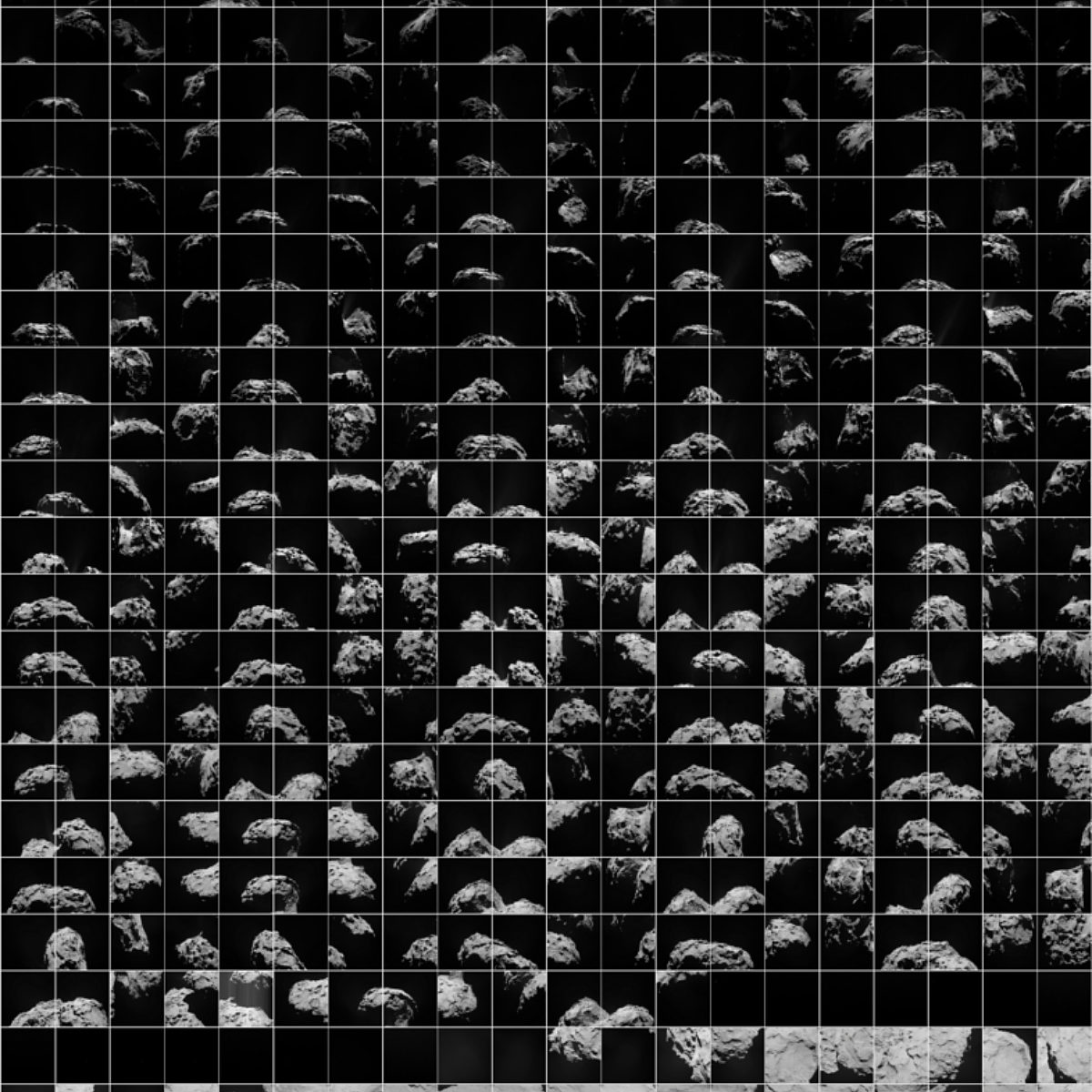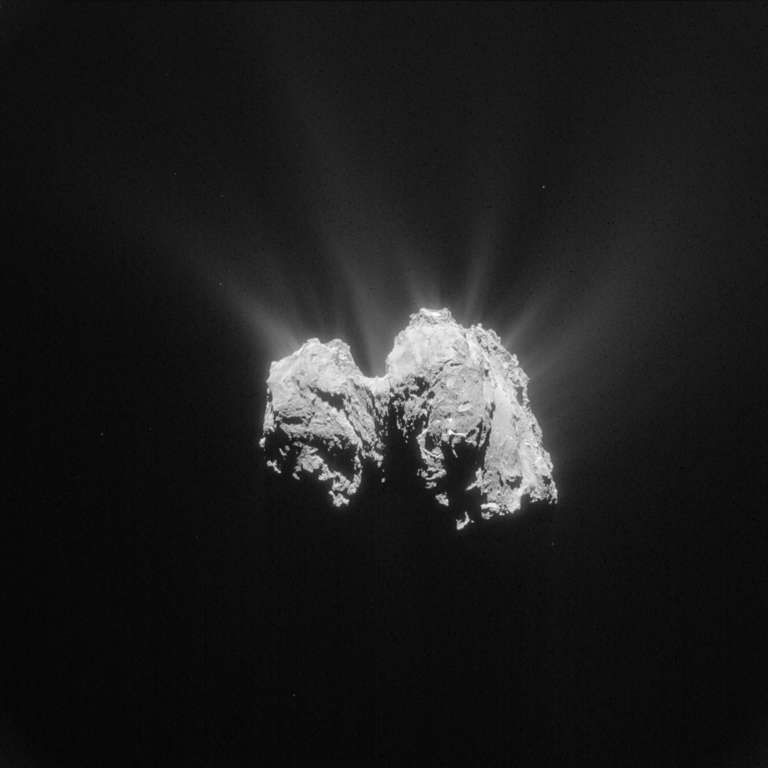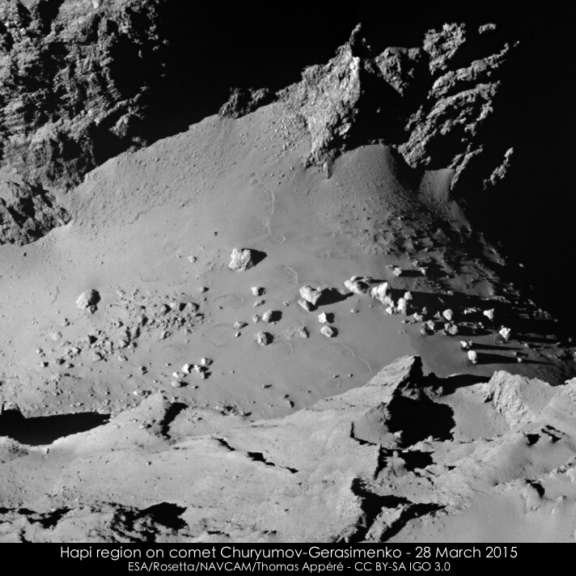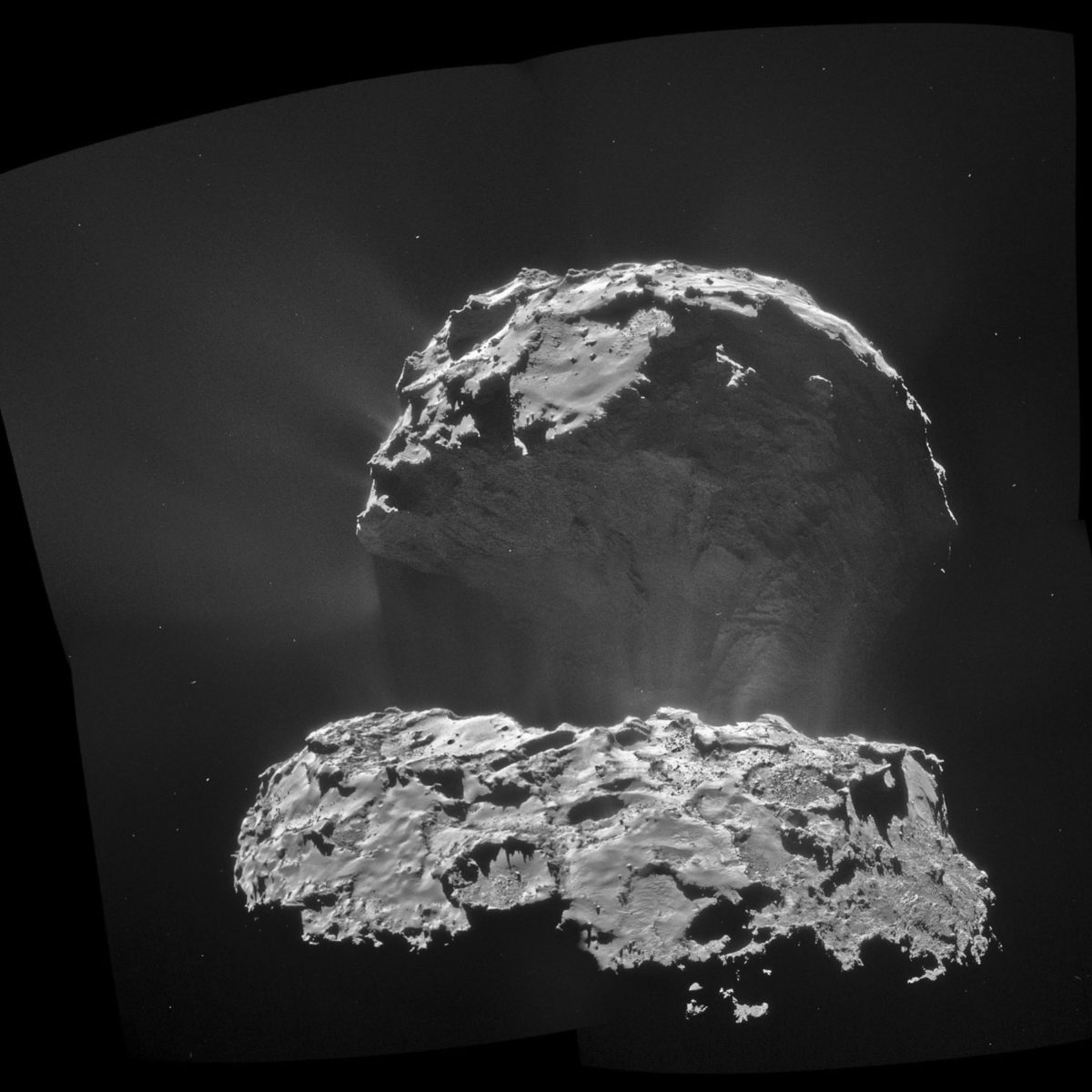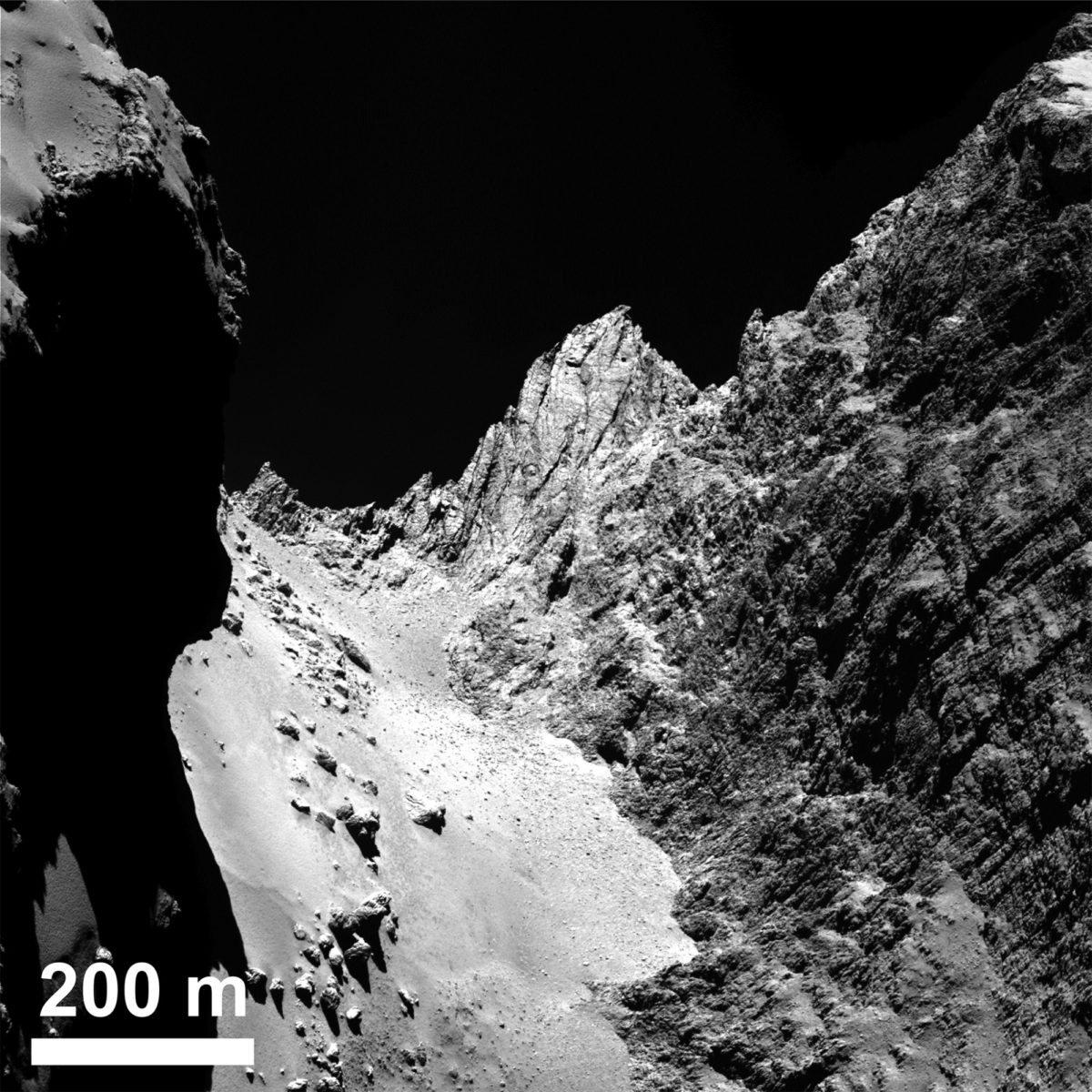All
All
Stories, updates, insights, and original analysis from The Planetary Society.
Aluminum Shapemodel of Comet 67P
Mattias Malmer describes his MacGyver-esque process in creating a homemade aluminum version of 67P/Churyumov–Gerasimenko.
ESA's cool new interactive comet visualization tool based on amateur imaging work with open data
A terrific new visualization tool for comet 67/P Churyumov-Gerasimenko demonstrates the value of sharing mission image data with the public. The browser-based tool lets you spin a simulated 3D view of the comet. It began with a 3D model of the comet created not by ESA, but by a space enthusiast, Mattias Malmer.
New Robotic Spacecraft Posters
Another round of posters to celebrate historic planetary missions.
More than 2000 Rosetta NavCam images for your enjoyment
Last week, the European Space Agency released the first set of images from Rosetta's navigational camera, or NavCam, from the phase of the mission that followed the Philae landing. That makes more than 3500 NavCam images that have been released from the comet phase of the mission.
Philae is awake! What's next for the comet lander's scientific mission?
I woke up early Sunday morning to the dramatic news: Philae is back! With a few days to consider the telemetry, the Philae team is now talking about the science they hope to do. With comet Churyumov-Gerasimenko approaching perihelion in August, it's going to be an exciting ride.
Unseen latitudes of comet Churyumov-Gerasimenko -- revealed!
A recent Rosetta image has revealed a good part of the comet's previously hidden southern terrain to the public for the first time.
More than 1000 Rosetta NavCam images released!
Today the European Space Agency released a ton of NavCam images, taken as the spacecraft approached and then entered orbit at the comet.
Rosetta update: Two close flybys of an increasingly active comet
In the two months since I last checked up on the Rosetta mission, the comet has heated up, displaying more and more jet activity. Rosetta completed very close flybys on February 14 and March 28, taking amazing photos. But comet dust is making navigation difficult, so the mission is now keeping a respectful distance from the comet and replanning its future path.
LPSC 2015: Philae at comet Churyumov-Gerasimenko
In my first post from the 2015 Lunar and Planetary Science Conference, I discuss the latest work on Philae images, and some cometary polymers.
Adding Churyumov-Gerasimenko to my scale comparison of comets and asteroids
Having found a color photo of the comet, I finally added Churyumov-Gerasimenko to my scale comparison of comets and asteroids visited by spacecraft.
An active comet, from a distance
Rosetta has closed to within 50 kilometers of Churyumov-Gerasimenko, on its way to a very close, 6-kilometer flyby of the comet tomorrow. To prepare for the flyby, Rosetta traveled much farther away, allowing it to snap these amazing photos of an increasingly active comet from a great distance.
Rosetta shifts from sedate circular orbits to swooping flybys
For the period of time before and after the Philae landing, Rosetta was able to orbit the comet close enough that it was in gravitationally bound orbits, circling the comet's center of gravity. As the comet's activity increases, the spacecraft has to spend most of its time farther away, performing occasional close flybys. The first of these is at 6 kilometers, on February 14.
At last! A slew of OSIRIS images shows fascinating landscapes on Rosetta's comet
The first results of the Rosetta mission are out in Science magazine. The publication of these papers means that the OSIRIS camera team has finally released a large quantity of closeup images of comet Churyumov-Gerasimenko, taken in August and September of last year. I explain most of them, with help from my notes from December's American Geophysical Union meeting.
New Churyumov-Gerasimenko Shapemodel!
Mattias Malmer shares his latest shape model of Comet 67P/Churyumov–Gerasimenko, created using data from the Rosetta spacecraft.
Rosetta imaged Philae during its descent -- and after its bounce
This morning ESA released a set of images of the Philae lander taken by the Rosetta orbiter during -- and after -- the lander's first touchdown. The images contain evidence for the spot Philae first touched the comet, and a crucial photo of Philae's position several minutes into its first long bounce.
Brief Philae "Morning After" update: First ÇIVA panorama from the surface
I'm just getting up to speed on the news from overnight, which is mostly good: Philae remained in contact with the orbiter (which means the CONSERT radar sounding experiment was working), and it's sitting stably on the surface, although it's not anchored in any way. And they released the first ÇIVA image from the ground!
Philae status, a day later
The Philae team scrambled all morning to comprehend the initially confusing status of the lander, and the picture is much clearer today. Speaking of which, there are lots more pictures!
PHILAE HAS LANDED! [UPDATED]
The landing happened on time just after 16:02 UT today! Philae mission manager Stephan Ulamec said:
Report from Darmstadt: Philae status and early Rosetta results from DPS
I'm reporting live from the press room at the European Space Operations Centre in Darmstadt, Germany. There's little news on Philae yet except that its status is good. Meanwhile, Rosetta scientists presented their first early comet results at the Division for Planetary Sciences meeting in Tucson, Arizona, which I watched from afar using Twitter.
A (Difficult) Day in the Solar System
After a bad day on the launch pad, some perspective.


 Explore Worlds
Explore Worlds Find Life
Find Life Defend Earth
Defend Earth


 Sun
Sun Mercury
Mercury Venus
Venus Earth
Earth Mars
Mars Jupiter
Jupiter Saturn
Saturn Uranus
Uranus Neptune
Neptune Small Bodies
Small Bodies


